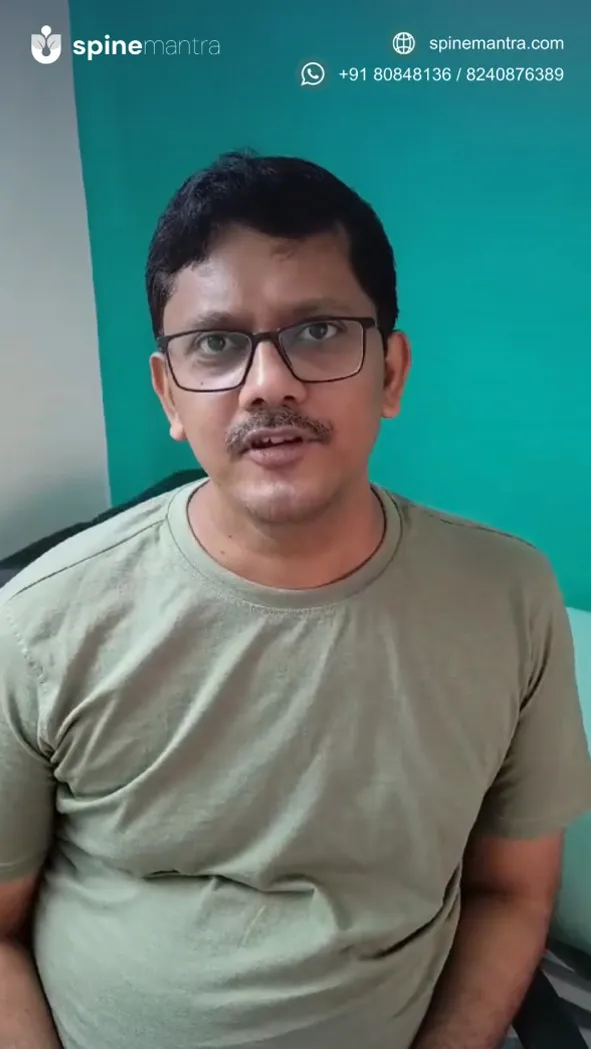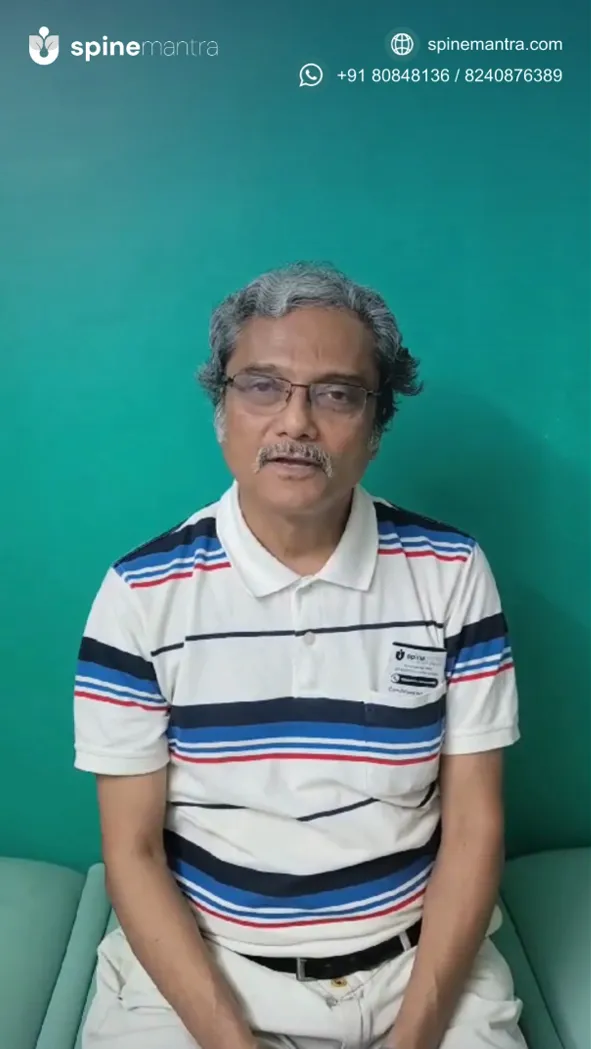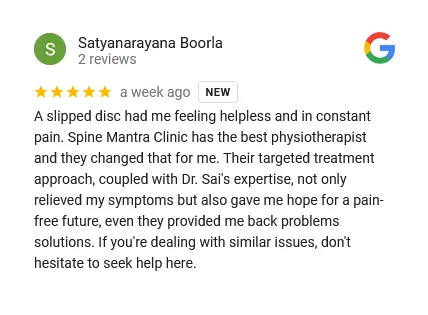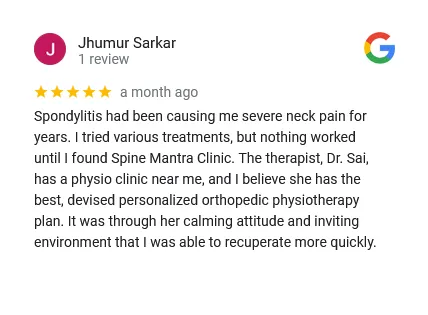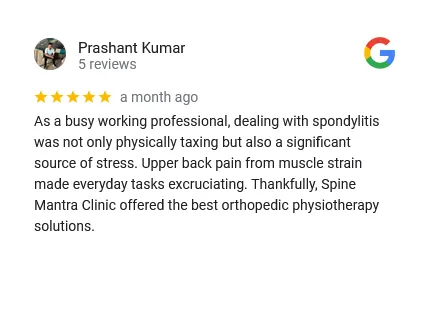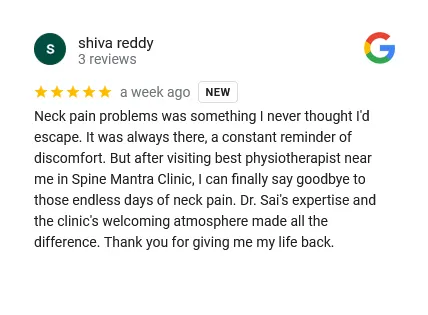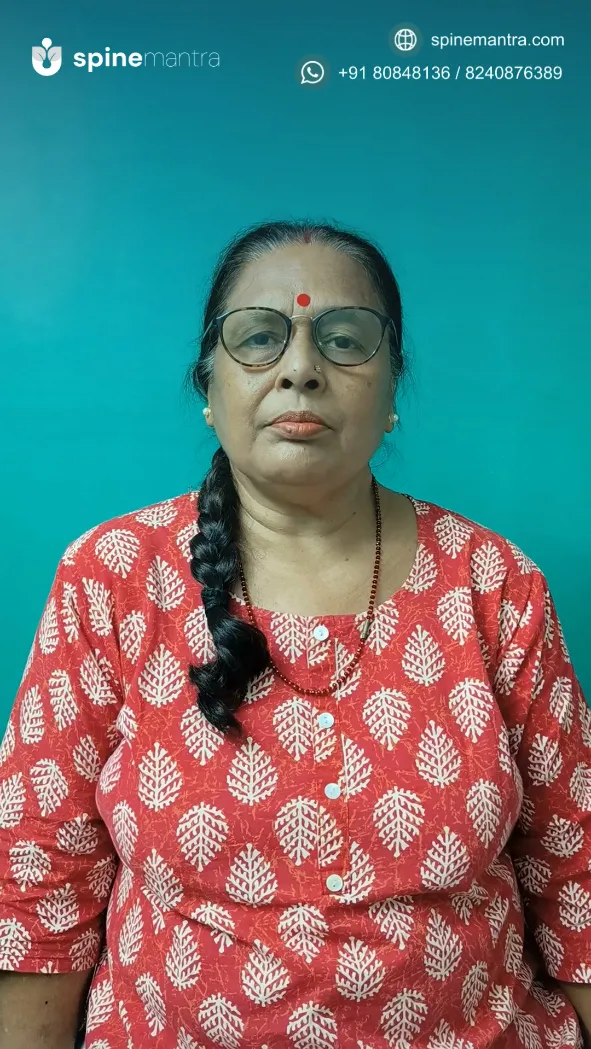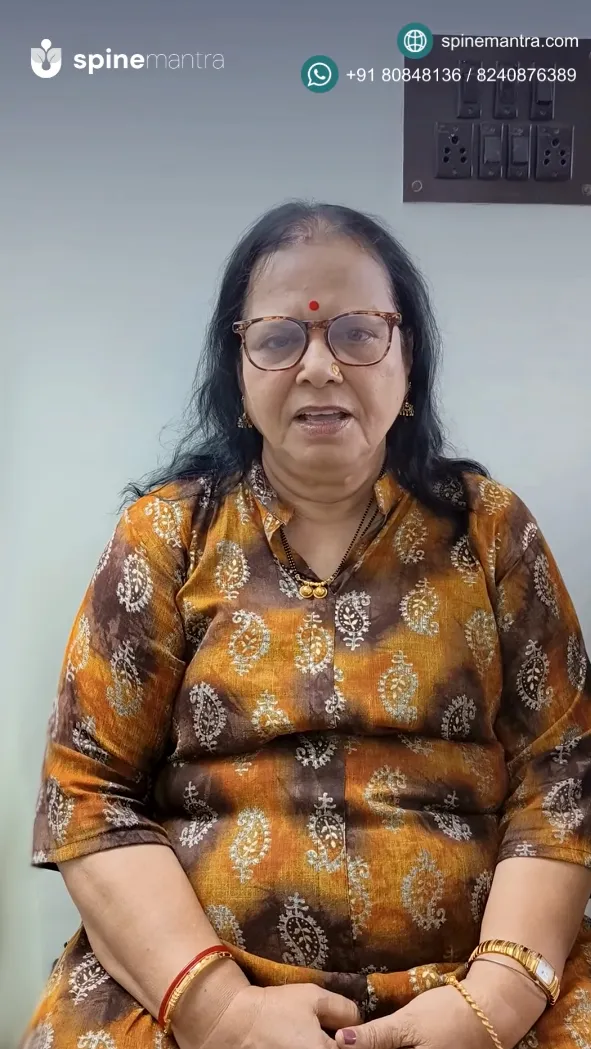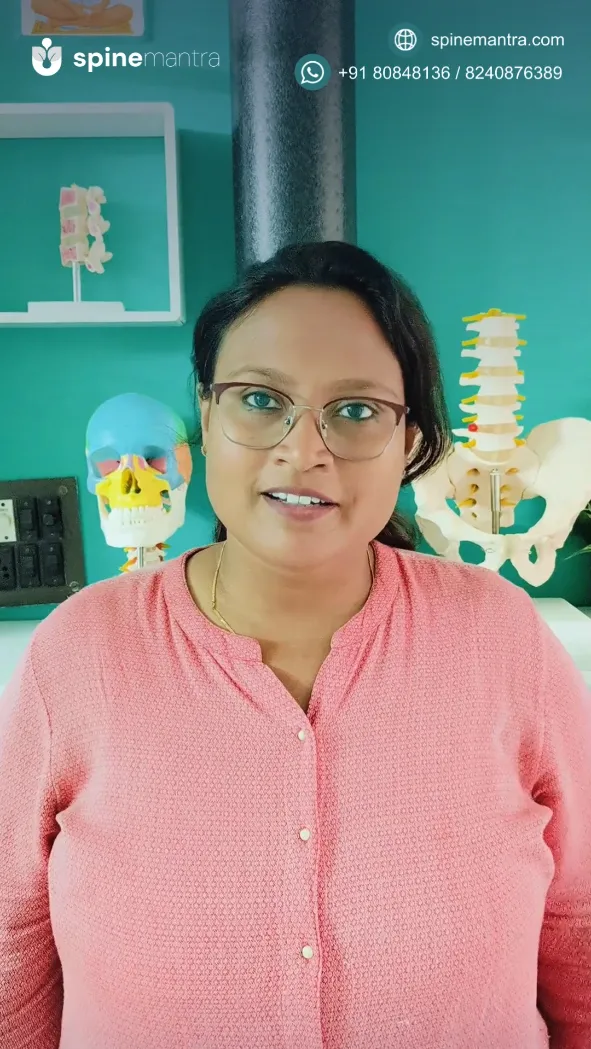Low back pain is defined as “pain and discomfort, localized below the costal margin and above the inferior gluteal folds, with or without leg pain. Low back pain (LBP) is the most common reason for physician visits and affects nearly 80%-90% of people throughout their lifetime.
Some studies have shown that up to 23% of the world’s adults suffer from chronic low back pain. Some estimates of lifetime prevalence are as high as 84% in adults.
In 2020, low back pain (LBP) affected 619 million people globally. It is estimated that the number of cases will increase to 843 million by 2050, driven largely by population expansion and aging.
Non-specific LBP is the most common presentation of LBP (about 90% of cases).
Low back pain is usually categorized into three subtypes: acute, sub-acute, and chronic. This subdivision is based on the duration of the pain. Acute low back pain is an episode of less than six weeks, sub-acute low back pain between 6 and 12 weeks, and chronic low back pain for 12 weeks or more.
Most low back pain is mechanical.
1. Mechanical
- Herniated Disc
- Facet joints
- Ligament sprain
- Muscle strain
- Degenerative disc disease
2 . Inflammatory Arthritis
- Ankylosing spondylitis
- Rheumatoid Arthritis
- Psoriatic Arthritis
3. Postural
Bad habits such as slouching and inactivity cause muscle fatigue and tension, leading to poor posture. The complications of poor posture include back pain, spinal dysfunction, joint degeneration, and rounded shoulders.
- Structural Compromise
- Deformities like: Kyphosis, Scoliosis
- Painful Osteoporosis
- Spondylolisthesis
5. Sacroilliac Joint Dysfunctions
The sacroiliac joint connects the sacrum at the bottom of the spine to each side of the pelvis. It is a robust and low-motion joint that primarily absorbs shock and tension between the upper and lower bodies. The sacroiliac joint can become painful if it becomes inflamed (sacroiliitis) or has too much or too little joint motion.
6. Pregnancy
During pregnancy, the ligaments in our body become naturally softer and stretch to prepare for labor. This can strain the joints of lower back and pelvis, which can cause back pain.
7. Spinal Stenosis
This condition causes pain by narrowing the spinal canal where the nerve roots are located. The narrowing can be central, formal, or both at single or multiple levels in the lower back.
8. Trauma
Acute fractures or dislocations of the spine can lead to pain. Lower back pain that develops after a trauma, such as a motor vehicle accident or a fall.
Compression fracture
A fracture in the cylindrical vertebra, in which the bone essentially caves in on itself, can cause sudden pain. This type of fracture is most common due to weak bones, such as from osteoporosis, and is more common in older people.
- Pain that is dull or achy, contained to the lower back
- Stinging, burning pain that moves from the lower back to the backs of the thighs, sometimes into the lower legs or feet; can include numbness or tingling (sciatica)
- Muscle spasms and tightness in the lower back, pelvis, and hips
- Pain that worsens after prolonged sitting or standing
- Difficulty standing up straight, walking, or going from standing to sitting
Our main objective is :
1. Empower the patient to decrease one’s dependency on clinicians and medications.
2. Correct Guidance
3. Prevention of future Relapses
The most important thing about back pain is an accurate and timely diagnosis. SpineMantra's approach to lower back pain is comprehensive and personalized, Mckenzie's approach is followed and scientifically proven.
Before starting the treatment, A thorough medical assessment is done to understand the present condition. The clinician takes a detailed history of the present condition, aggravating and relieving factors, rules out red flags, posture and movement assessment regarding the symptoms, and Neuro assessment. The clinician makes the patient do specific repeated or sustained movements to see their effect on the symptoms or baselines that the clinician recorded during the assessment.
Classification is based on assessing the symptomatic response during repeated or sustained movement testing. Most patients' symptoms are classified into derangement syndrome, dysfunction syndrome, postural syndrome, or other. The choice of exercises in MDT is based on the direction that causes the symptoms to decrease, centralize, or abolish.
Based on the above assessment, Treatment sessions are prescribed. Most back pains are mechanical, so recovery takes four weeks.
Treatment involves finding a repeated or sustained movement that reduces and/or abolishes the symptoms. Next, the goal is to maintain this improvement for several days. Finally, the patient performs recovery of function by having the patient do once pain-provoking movements to determine if they are pain-free.
Patients with Acute pain are also administered Electrotherapeutic modalities for 3-4 sessions to reduce pain and inflammation.
Along with the specific medical movement, targeted exercises are performed, such as particularly addressing the required muscle to improve daily functions.
The next step of our treatment is to RECOVERY OF FUNCTION ➕
In the recovery of function, the main aim is to achieve all the movements or the functions that have been stopped initially to achieve flexibility of the spine so that the patient can return to everyday life.
Prevention: The prevention step consists of educating and encouraging the patient to exercise regularly and practice self-care so that he can effectively prevent future episodes of pain.
Our team employs a thorough diagnostic process, including:
Detailed Patient History: Gathering comprehensive information about your medical history and lifestyle to understand your unique situation and to rule out underlying severe medical conditions (if any).
Physical Examination: A thorough physical examination, such as assessing posture, range of motion, and neuro examination, is done to identify areas that need attention.
Imaging Tests: Utilizing X-rays or MRIs to gain a deeper understanding of the physical condition of your spine.
Request an Appointment
Why Spine Mantra is the Right Fit for This Disease:
- Personalized Care: Benefit from a tailored treatment plan to address your needs and challenges.
- Proven Results: SpineMantra boasts an overwhelming success rate in treating lower back pain, evidenced by countless success stories.
- Non-Invasive Approach: Embrace an approach that prioritizes alternatives to surgery, providing practical solutions without invasive procedures.
Team of Doctors: Meet our dedicated team of experienced physiotherapists and spine health specialists committed to your well-being.
Why Spine Mantra is the Right
Fit for This Disease
Personalized
Care
Benefit from a tailored treatment plan to address your needs and challenges.
Proven
Results
SpineMantra boasts an overwhelming success rate in treating lower back pain, evidenced by countless success stories.
Non-Invasive
Approach
Embrace an approach that prioritizes alternatives to surgery, providing practical solutions without invasive procedures.
Team of
Doctors
Meet our dedicated team of experienced physiotherapists and spine health specialists committed to your well-being.
From Pain to Power Stories of Healing
Explore the Real Experiences of Spinemantra Patients on
Their Spine Health Journey
FAQ
Spine Mantra specializes in providing comprehensive treatment for a myriad of spine-related conditions. Whether you're dealing with chronic back pain, sciatica, spondylitis, or various other spinal issues, our experienced team of professionals is dedicated to addressing your specific needs through both online and offline therapy services.
Our online therapy services at Spine Mantra leverage cutting-edge technology to offer virtual consultations with our highly skilled medical professionals. Through these virtual sessions, we aim to provide you with the same level of expert guidance and care as you would receive during an in-person visit, all from the comfort of your own home.
Offline therapy involves hands-on, in-person sessions conducted at our clinic, allowing for direct physical interaction between our specialists and patients. On the other hand, online therapy utilizes virtual consultations and guided exercises to deliver effective treatment remotely, providing a convenient alternative for those unable to visit our clinic in person.
Yes, online therapy at Spine Mantra includes a comprehensive assessment process that enables our specialists to provide accurate diagnoses. This involves a thorough examination of your symptoms, medical history, and virtual evaluations to create personalized treatment plans tailored to your specific condition.
Absolutely. We've designed our online therapy services to be just as effective as in-person sessions. Through virtual consultations, personalized exercise plans, and ongoing guidance, we ensure that you receive the same level of expertise and care regardless of your physical location.
Scheduling an online therapy session is easy and convenient. You can book your virtual consultation through our user-friendly website or by contacting our clinic directly. We offer flexible appointment times to accommodate your schedule.


